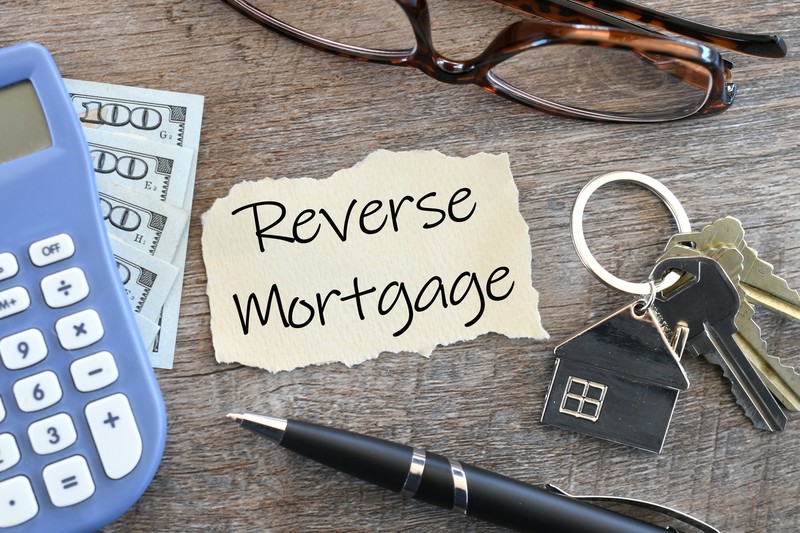Reverse mortgages are on the rise as retired Canadians look to use their home's equity to fund their golden years.
Driving the news: Home Equity Bank, one of two financial institutions in the country that give reverse mortgages, reported a 30% increase from 2021 to 2022. Their portfolio now carries more than $6 billion in reverse mortgages.
A reverse mortgage allows Canadians over 55 years old to tap into up to 55% of the equity in their home and retain ownership.
-
But the equity you have access to depends on your age—the younger you are, the smaller the mortgage.
- There is no required repayment on the loan until the homeowner decides to move out, sell the home or dies.
- If you die before paying the money back, your estate will have six months to repay the loan or sell the home.
Why it's happening: The chaos of long-term care homes during the pandemic has driven older Canadians to rethink their retirement plans. Many are choosing to age in place and stay in their home.
- A reverse mortgage gives seniors more liquidity, allowing them to pay for whatever in-home assistance they may require or finance a spouse's care in an assisted living facility.
- Retirees without private pensions who are only earning OAS and CPP can use a reverse mortgage to help bridge the cost of living gap.
Yes, but: Some experts say a Home Equity Line of Credit (HELOC) is a better option with lower interest rates, as reverse mortgages can carry 7 to 10% interest rates.
- But it can be difficult for seniors to get approved for a HELOC as the application requires proving you can keep up with monthly payments, something that can be hard to do on a fixed or limited income.
Why it matters: The combo of high home prices, a national housing shortage, and chaos in long-term care homes has left seniors looking for new ways to finance their golden years.
